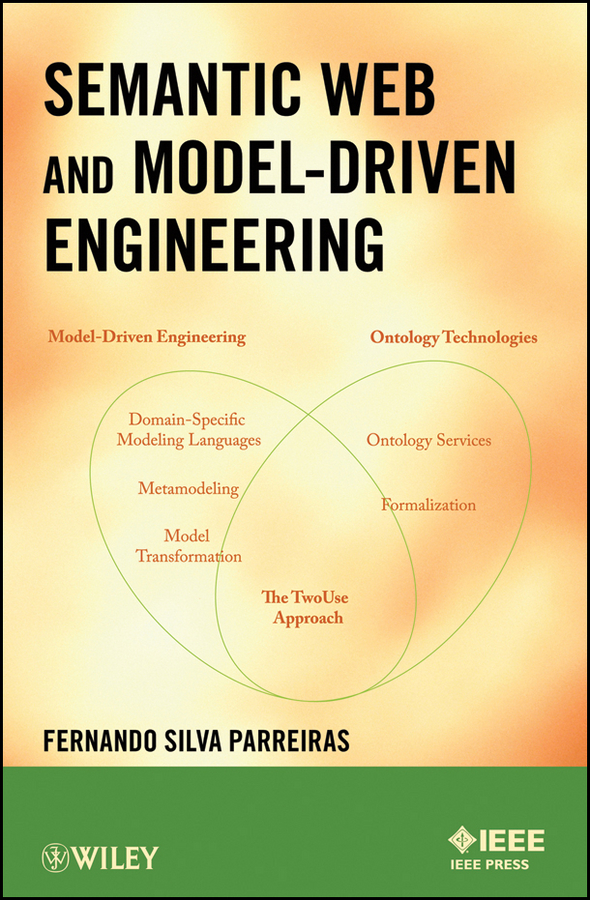Электронная книга: Fernando Parreiras S. «Semantic Web and Model-Driven Engineering»

|
The next enterprise computing era will rely on the synergy between both technologies: semantic web and model-driven software development (MDSD). The semantic web organizes system knowledge in conceptual domains according to its meaning. It addresses various enterprise computing needs by identifying, abstracting and rationalizing commonalities, and checking for inconsistencies across system specifications. On the other side, model-driven software development is closing the gap among business requirements, designs and executables by using domain-specific languages with custom-built syntax and semantics. It focuses on using modeling languages as programming languages. Among many areas of application, we highlight the area of configuration management. Consider the example of a telecommunication company, where managing the multiple configurations of network devices (routers, hubs, modems, etc.) is crucial. Enterprise systems identify and document the functional and physical characteristics of network devices, and control changes to those characteristics. Applying the integration of semantic web and model-driven software development allows for (1) explicitly specifying configurations of network devices with tailor-made languages, (2) for checking the consistency of these specifications (3) for defining a vocabulary to share device specifications across enterprise systems. By managing configurations with consistent and explicit concepts, we reduce cost and risk, and enhance agility in response to new requirements in the telecommunication area. This book examines the synergy between semantic web and model-driven software development. It brings together advances from disciplines like ontologies, description logics, domain-specific modeling, model transformation and ontology engineering to take enterprise computing to the next level. Издательство: "John Wiley&Sons Limited"
ISBN: 9781118135037 электронная книга Купить за 6161.84 руб и скачать на Litres |
Другие книги схожей тематики:
| Автор | Книга | Описание | Год | Цена | Тип книги |
|---|
См. также в других словарях:
Model-driven architecture — (MDA) is a software design approach for the development of software systems. It provides a set of guidelines for the structuring of specifications, which are expressed as models. Model driven architecture is a kind of domain engineering, and… … Wikipedia
Semantic similarity — or semantic relatedness is a concept whereby a set of documents or terms within term lists are assigned a metric based on the likeness of their meaning / semantic content. Concretely, this can be achieved for instance by defining a topological… … Wikipedia
Semantic technology — In software, semantic technology encodes meanings separately from data and content files, and separately from application code. This enables machines as well as people to understand, share and reason with them at execution time. With semantic… … Wikipedia
Web crawler — For the search engine of the same name, see WebCrawler. For the fictional robots called Skutters, see Red Dwarf characters#The Skutters. Not to be confused with offline reader. A Web crawler is a computer program that browses the World Wide Web… … Wikipedia
Semantic relatedness — Computational Measures of Semantic Relatedness are [http://cwl projects.cogsci.rpi.edu/msr/ publically available] means for approximating the relative meaning of words/documents. These have been used for essay grading by the Educational Testing… … Wikipedia
Component-based software engineering — A simple example of two components expressed in UML 2.0. The checkout component, responsible for facilitating the customer s order, requires the card processing component to charge the customer s credit/debit card (functionality that the latter… … Wikipedia
